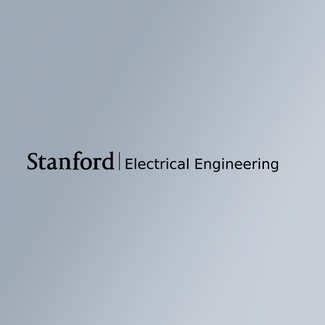
Optically controlled on-chip DNA synthesis: Applying trapping and manipulation techniques to solid-phase chemistry
Spilker 232
ABSTRACT: Solid-phase reactions play an essential role in synthesizing bio-molecules such as DNA and peptides. This process involves having starting molecules (e.g., nucleotides or amino acids) bound to solid-supports (e.g. microbeads) which are systematically exposed to reagents to create longer molecules that remain tethered to the solid-supports. For decades, column-based platforms, where millions of microbeads are processed in bulk, have served as the backbone of synthetic DNA manufacturing. However, bulk processing of microbeads results in nonuniform reagent exposure and trapping of impurities, leading to reaction errors that ultimately limit yield and product length. In addition, excessive reagent usage and subsequent purification steps are often needed, which drive up cost and create sustainability challenges. Here, we introduce a lab-on-a-chip system that employs optoelectronic tweezers to process individual microbeads within microdroplet reactors. Orchestrated by micro-light patterns, each microbead is encapsulated by a reagent microdroplet to trigger chemical reactions, and then decapsulated to terminate the reactions. Complete encapsulation ensures uniform reagent exposure. Similar encapsulation-decapsulation processes are subsequently performed with other reagents for washing impurities and driving other reaction steps. In addition to addressing nonuniformity and trapped impurities, our micro-reactor approach also lowers the minimum volume of reagents required for a reaction from microliters to picoliters. For demonstration purpose, we implement a modified click chemistry-based DNA ligation reaction on our chip. Our preliminary results show that reactions performed on the chip have better consistency than the ones performed using conventional benchtop approaches. With lower reagent usage, parallel processing abilities, and potential for many other solid-phase applications, this platform can be a highly useful tool for synthetic chemistry.
We will start our talk with an overview of traditional solid-phase synthesis platforms and our proposed on-chip approach. Then we will go over the optoelectronic trapping and manipulation scheme and design considerations. The microfluidic, electrical, and optical systems required to drive the chip will be briefly discussed. Then we will present the results, including experimental video and fluorescence data. Finally, we will discuss future steps and challenges.
BIOS: Mo Wu is a PhD candidate in Electrical Engineering at Stanford University, expected to graduate in 2025. She holds a BS in Electrical Engineering and Mathematics from Washington University in St. Louis, where she graduated summa cum laude in Electrical Engineering and with the highest distinction in Mathematics in 2019. She also earned an MS in Electrical Engineering from Stanford University in 2021. Mo's research involves optical micro-manipulation, on-chip chemistry, microfluidics, synthetic biology, solid-phase synthesis, and fluorescence microscopy. Her PhD thesis explores the development of microfluidic optoelectronic devices for biochemical applications. Leveraging her background in electrical engineering and mathematics, she aims to contribute to advancements in biotechnology, which have potential applications in various fields, including drug development and personalized medicine.
Mohammad Asif Zaman is a postdoctoral scholar affiliated with the Edward L. Ginzton Lab, Stanford University. He obtained his PhD in Electrical Engineering from Stanford University in 2020. He completed his BS and MS degrees from Bangladesh University of Engineering and Technology (BUET) in 2009 and 2011, respectively. His research interests include photonics, optical and dielectrophoretic trapping, lab-on-a-chip, computational electromagnetics, and evolutionary optimization techniques. His current research focus is on developing optically controlled lab-on-a-chip systems for biochemical applications including synthesis, detection, and characterization. He is interested in pursuing interdisciplinary research that combine electrical engineering and biotechnology. In addition to research, he has been involved in teaching and has worked as a lecturer at both BUET and Stanford University.